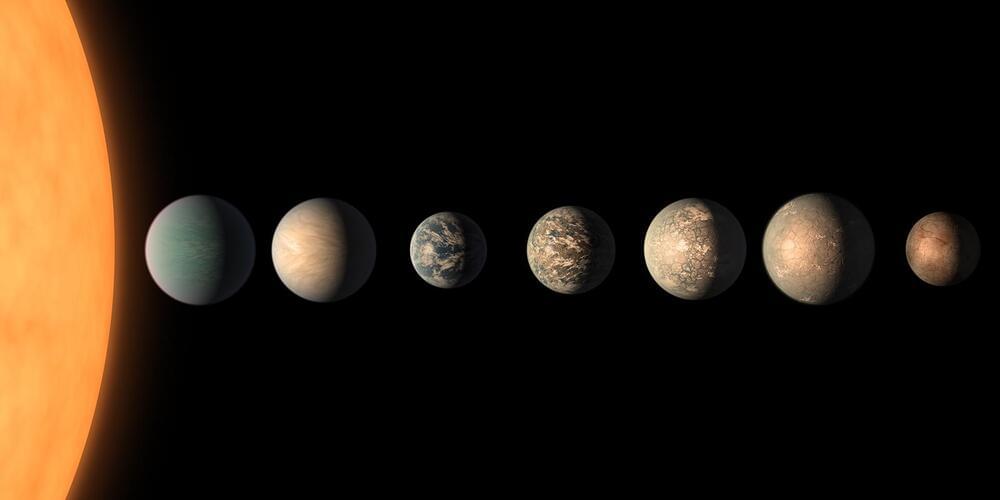Can a lack of certain atmospheric characteristics in an exoplanet be a sign of life? This is what a team of international scientists hope to unlock as they discuss a novel strategy for detecting the lack of carbon dioxide in a rocky exoplanet’s atmosphere compared to other planets in the same system and how it could help isolate where to look for life. In a recent study published in Nature Astronomy, the researchers ascertain this investigation could be conducted using data from NASA’s James Webb Space Telescope (JWST) and holds the potential to help astronomers better understand the necessary atmospheric conditions that could be suitable for finding life as we know it throughout the cosmos.
“The Holy Grail in exoplanet science is to look for habitable worlds, and the presence of life, but all the features that have been talked about so far have been beyond the reach of the newest observatories,” said Dr. Julien de Wit, who is an assistant professor of planetary sciences at the Massachusetts Institute of Technology and a co-author on the study. “Now we have a way to find out if there’s liquid water on another planet. And it’s something we can get to in the next few years.”
The researchers postulate a three-step strategy for using JWST in detecting carbon dioxide and ozone in exoplanets residing in the TRAPPIST-1 system located approximately 40 light-years from Earth. This strategy calls for detecting a planetary atmosphere around rocky exoplanets in approximately 10 transits of the parent star, assessing a lack of carbon dioxide within the exoplanet’s atmosphere in approximately 40 transits, and obtaining measurements of the atmosphere’s ozone while comparing this to the lack of carbon dioxide in approximately 100 transits.









Comments are closed.